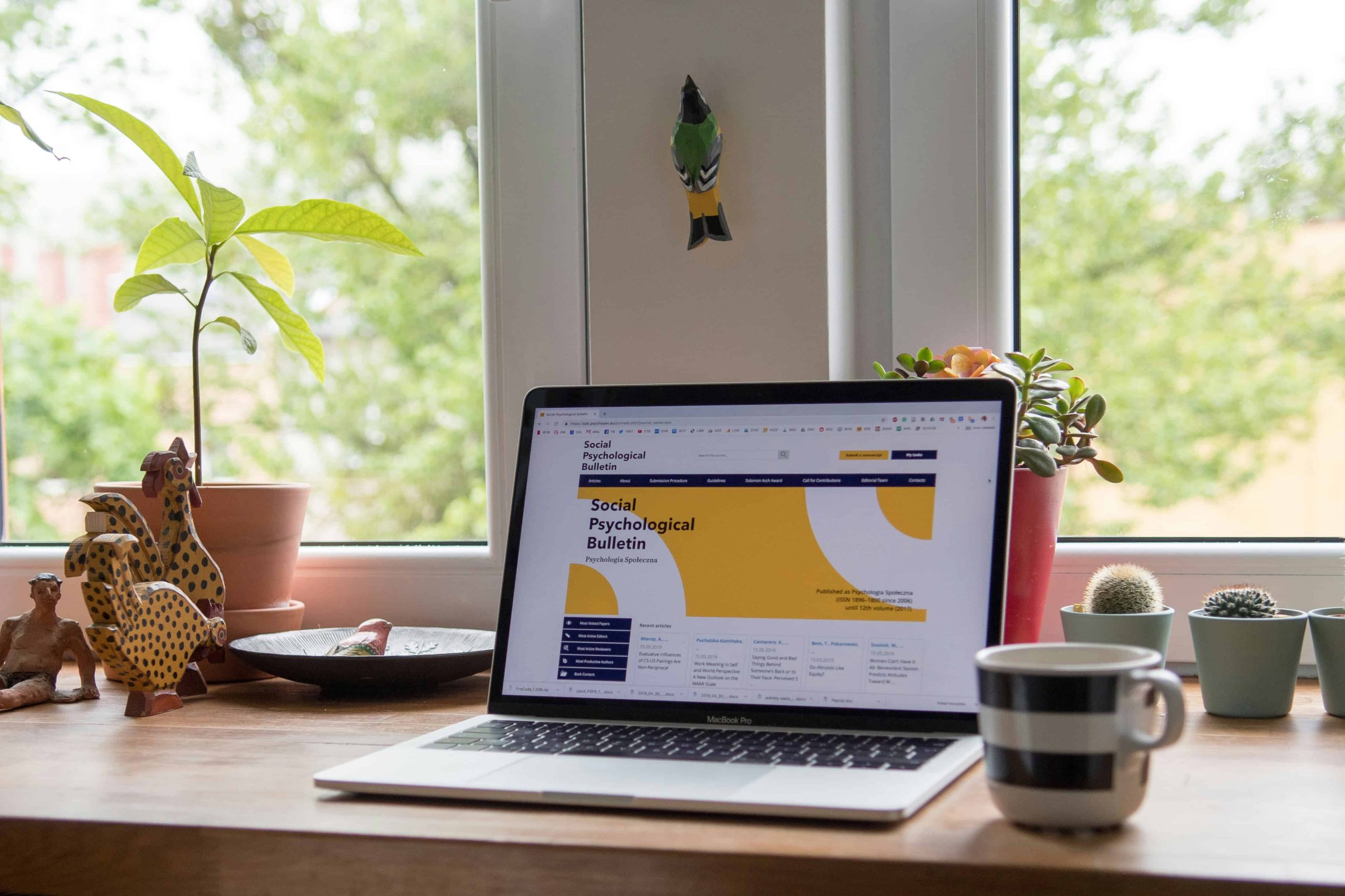
17 Mar Web Accessibility Standards: Creating Inclusive Digital Experiences
Understanding Web Accessibility Standards
Defining Web Accessibility: Beyond Compliance
Web accessibility refers to the practice of designing and developing websites, tools, and technologies in a way that ensures individuals with disabilities can use them effectively. It goes beyond mere compliance with legal regulations; it is about fostering an inclusive digital environment where all users, regardless of their abilities, have equal access to information and services. Accessibility considers a broad range of impairments, including visual, auditory, motor, and cognitive disabilities, ensuring that digital experiences are welcoming and usable by all.
The Fundamental Principle: Equal Access for All
At its core, web accessibility embodies the principle of equal access. This means that all users, regardless of their physical or cognitive capabilities, should be able to perceive, understand, navigate, and interact with web content seamlessly. Providing equal access is not only a legal and ethical responsibility but also a business advantage, as it broadens the reach of digital platforms and enhances user engagement.
Brief Overview of the Importance of Inclusive Design
Inclusive design aims to create digital experiences that accommodate the widest possible audience. It takes into account the diverse needs of users, ensuring that accessibility is integrated from the outset rather than being an afterthought. By considering users with disabilities, designers and developers can craft digital solutions that are more flexible, user-friendly, and beneficial for all, including those in temporary or situational limitations, such as bright sunlight or a noisy environment.
The Need for Web Accessibility
Identifying Diverse User Needs (Visual, Auditory, Motor, Cognitive)
Web accessibility caters to individuals with a variety of disabilities. Visually impaired users may require screen readers or high-contrast settings to navigate content, while individuals with auditory impairments benefit from captions and transcripts for multimedia content. Users with motor disabilities may rely on keyboard navigation or voice commands to interact with websites. Additionally, those with cognitive disabilities may need simplified language, clear instructions, and consistent layouts to enhance comprehension and ease of use.
Highlighting the Prevalence of Disabilities and Impairments
According to the World Health Organization (WHO), over one billion people worldwide experience some form of disability. With an aging global population and increasing reliance on digital platforms for daily tasks, the need for accessible websites has never been more pressing. By ignoring accessibility, businesses and organizations risk alienating a significant portion of potential users, limiting engagement and participation.
Emphasizing the Benefits for All Users (e.g., Mobile Users, Aging Population)
Web accessibility improvements often benefit users beyond those with disabilities. For instance, captions and transcripts support not only individuals with hearing impairments but also those consuming content in a noisy environment. Keyboard navigation enhancements assist users with motor disabilities while also improving usability for power users who prefer shortcuts. Moreover, accessible design principles, such as clear navigation and readable fonts, enhance the experience for all users, including the elderly and those using mobile devices in challenging conditions.
Key Web Accessibility Standards and Guidelines
Introduction to the Web Content Accessibility Guidelines (WCAG)
Overview of WCAG’s Purpose and Structure
The Web Content Accessibility Guidelines (WCAG) are internationally recognized standards developed by the World Wide Web Consortium (W3C) to ensure digital accessibility. These guidelines provide specific criteria for making web content accessible to individuals with disabilities. WCAG is structured into different levels of compliance—A, AA, and AAA—each offering increasing levels of accessibility.
The Four Principles of WCAG (POUR): Perceivable, Operable, Understandable, Robust
WCAG is built around four fundamental principles:
- Perceivable: Information and user interface components must be presented in a way that users can perceive, regardless of their sensory abilities.
- Operable: Users must be able to navigate and interact with the interface effectively, even if they cannot use a traditional mouse.
- Understandable: Content should be clear and predictable to ensure ease of comprehension and usability.
- Robust: Websites should be compatible with various assistive technologies and future-proofed for emerging advancements.
Brief Mentions of Other Relevant Standards (e.g., Section 508, ADA)
In addition to WCAG, other regulations govern digital accessibility. Section 508 of the Rehabilitation Act applies to U.S. federal agencies, requiring that electronic and information technology be accessible to individuals with disabilities. The Americans with Disabilities Act (ADA) mandates that public-facing websites provide equitable access, with legal consequences for non-compliance. Different countries also have their own accessibility laws, making it crucial for businesses operating globally to stay informed and compliant.
Explaining the Importance of Staying Updated with Evolving Standards
As technology evolves, so do accessibility standards. Regular updates to WCAG and other guidelines ensure that new developments in web design, such as artificial intelligence and voice interfaces, remain inclusive. Organizations must continuously monitor and update their digital platforms to align with these evolving standards, ensuring long-term compliance and usability.
Breaking Down the WCAG Principles
Perceivable: Making Content Available to All Senses
To make content perceivable, developers should provide text alternatives for non-text content, such as images and videos, ensuring screen reader users can access the information. Time-based media should include captions, transcripts, or sign language interpretation. Additionally, content should be adaptable, allowing users to modify layouts, adjust colors, and customize font sizes for better readability.
Operable: Enabling User Interaction
Operable design ensures that all functionalities are accessible via a keyboard, accommodating users who cannot use a mouse. Websites should allow sufficient time for users to read and interact with content, avoiding time-sensitive elements. Flashing content should be minimized to prevent seizures, and clear navigation structures should guide users efficiently through the site.
Understandable: Ensuring Clarity and Comprehension
To enhance understandability, text should be readable and written in clear language, avoiding unnecessary jargon. Predictable navigation and interface elements help users familiarize themselves with the site’s structure. Error prevention mechanisms, such as form validation and clear error messages, assist users in completing tasks accurately.
Robust: Maximizing Compatibility
Robust content ensures that websites function across different browsers and assistive technologies. Proper use of HTML semantics and ARIA attributes helps screen readers interpret content correctly. Websites should be tested for compatibility with various tools to ensure a seamless experience for all users.
Implementing Web Accessibility
Planning and Design Considerations
Accessibility should be incorporated from the initial design phase rather than retrofitted later. Designers must consider contrast ratios, font legibility, and navigational ease while creating wireframes and prototypes.
Development Best Practices (Semantic HTML, ARIA)
Developers should use semantic HTML elements that provide meaningful structure and context to assistive technologies. ARIA (Accessible Rich Internet Applications) attributes can enhance accessibility for dynamic content and web applications.
Testing and Evaluation Methods (Automated Tools, Manual Checks)
Testing accessibility involves both automated tools and manual evaluations. Automated checkers, such as WAVE and Axe, identify common issues, while manual testing with screen readers and keyboard navigation ensures a comprehensive review.
The Role of User Feedback and Iteration
Gathering feedback from users with disabilities helps refine accessibility efforts. Continuous testing and improvements ensure that websites remain inclusive and effective over time.
The Importance of Accessibility for All
Accessible websites expand market reach, enhance brand reputation, and fulfill legal obligations. By prioritizing accessibility, organizations contribute to a more inclusive and equitable digital world, ensuring that everyone can participate fully in the online experience.
Conclusion
Web accessibility is more than just a regulatory requirement—it is a commitment to inclusivity, usability, and social responsibility. By following established standards such as WCAG and integrating accessibility from the design phase, organizations can create digital experiences that empower all users, regardless of their abilities. Prioritizing accessibility enhances engagement, expands market reach, and fosters a more equitable digital world. As technology evolves, staying proactive in accessibility efforts ensures that no one is left behind. Investing in accessibility is investing in a future where the web truly belongs to everyone.
Key Takeaways
- Web Accessibility Goes Beyond Compliance
- Ensures inclusivity for individuals with disabilities, fostering equal access to digital content.
- Covers visual, auditory, motor, and cognitive impairments.
- Inclusive Design Benefits Everyone
- Enhances user experience for all, including mobile users and the aging population.
- Improves usability in various environments (e.g., noisy spaces, bright sunlight).
- Core Principle: Equal Access for All
- Web content should be Perceivable, Operable, Understandable, and Robust (POUR).
- Ensuring accessibility is both an ethical obligation and a business advantage.
- WCAG and Other Standards
- WCAG (Web Content Accessibility Guidelines) sets the global benchmark for accessibility.
- Section 508 (U.S.) and the ADA mandate digital accessibility for public-facing platforms.
- Regular updates ensure compliance with evolving technologies.
- Best Practices for Implementation
- Design Phase: Integrate accessibility from the start (contrast, font size, navigation).
- Development: Use semantic HTML, ARIA attributes, and ensure compatibility with assistive technologies.
- Testing: Combine automated tools and manual evaluations, incorporating user feedback.
- Long-Term Impact of Accessibility
- Expands audience reach and engagement.
- Strengthens brand reputation and minimizes legal risks.
- Contributes to a more inclusive digital world for all users.
Frequently Asked Questions
Why is web accessibility important beyond legal compliance?
Web accessibility ensures that all individuals, including those with disabilities, can effectively access and interact with digital content. Beyond meeting legal requirements, it fosters inclusivity, improves user experience, and broadens audience reach. It also benefits users in temporary or situational limitations, enhancing usability for everyone.
How do the WCAG principles improve digital accessibility?
The Web Content Accessibility Guidelines (WCAG) are based on four principles—Perceivable, Operable, Understandable, and Robust (POUR). These principles help ensure that digital content is accessible to diverse users, including those relying on assistive technologies, by improving readability, navigation, and compatibility across devices and software.
What are the business benefits of implementing web accessibility?
Accessible websites attract a larger audience, including users with disabilities, aging populations, and mobile users in challenging environments. Improved accessibility enhances user engagement, brand reputation, and search engine rankings. Additionally, compliance with accessibility standards reduces legal risks, ensuring long-term sustainability and inclusivity in digital spaces.
Are you unknowingly making content mistakes that hurt your SEO? Find out how to create compelling, search-friendly content that not only ranks higher but also keeps your audience engaged and coming back for more.



